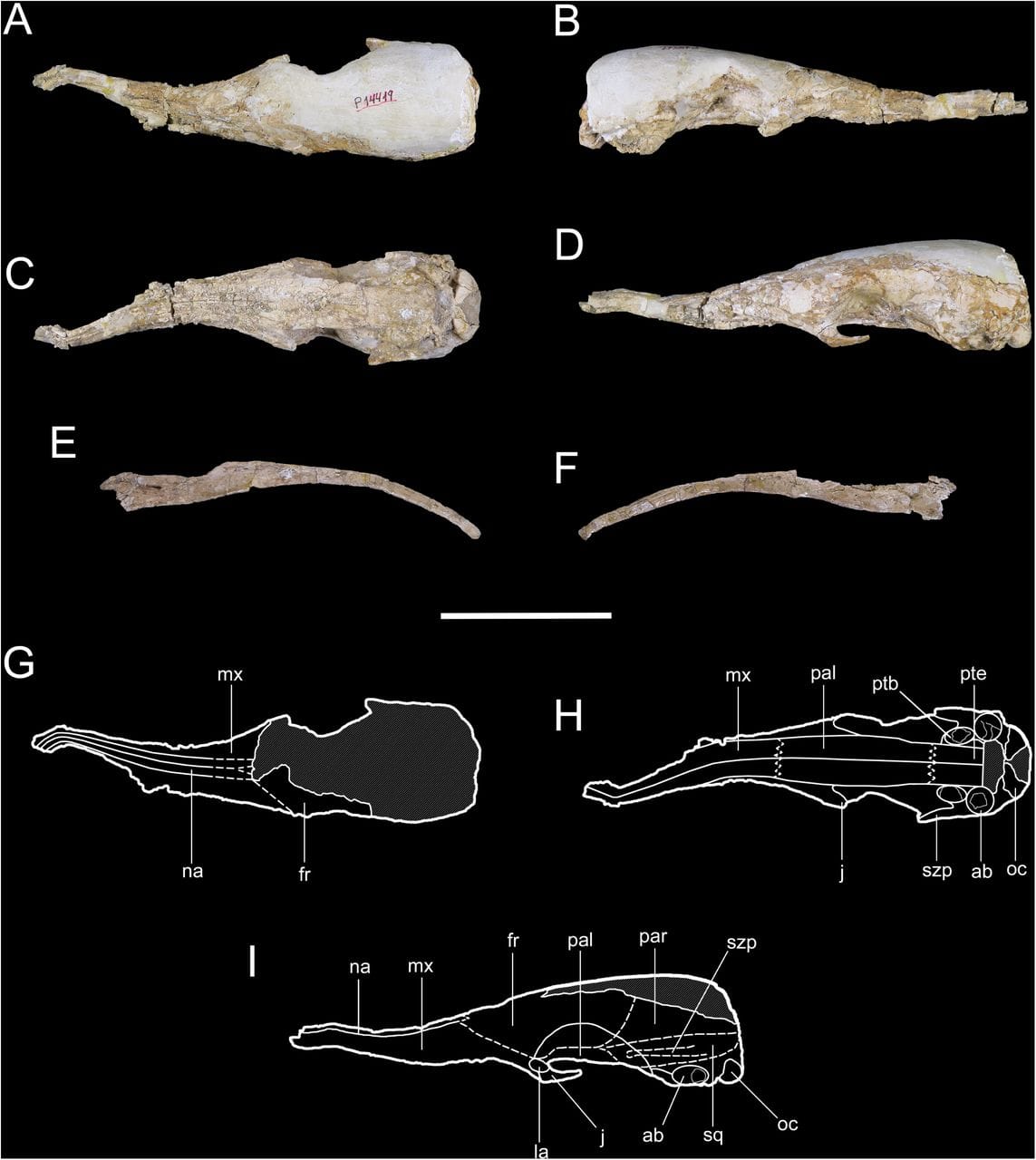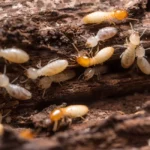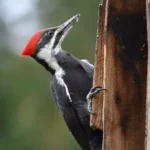Imagine an animal with a long, narrow snout and a toothless mouth. Sounds weird, right? But this creature is a master at hunting insects, and the secrets lie in its skull. Join us as we explore the fascinating world of anteater skulls, where we’ll uncover the evolutionary marvels that make these unique hunters so successful.
A Closer Look at the Anteater’s Evolutionary Marvel: Its Skull
One glance at an anteater’s head, and it’s clear they aren’t munching on leaves. These animals are built for devouring ants and termites. Their skulls are a testament to this unique lifestyle, showcasing how nature crafts specialized tools.
The most striking feature is that elongated snout. While comical in appearance, it houses the anteater’s secret weapon: a super-long, sticky tongue that can stretch over two feet! This tongue, slathered in sticky saliva, scoops up unsuspecting insects, pulling them back into the mouth.
How Does a Toothless Animal Eat?
You might be wondering how an animal with no teeth eats. Inside the anteater’s mouth, along the roof and base, are bony ridges that act like a built-in grinder, crushing the ants and termites for easy swallowing.
Anteaters also have reduced cheekbones (zygomatic arches). This wider opening allows more room for that giant tongue to flick in and out.
A Small Brain for a Specialized Hunter
You might expect an animal with such a specialized head to have a large, powerful brain, but the anteater’s braincase is relatively small. It seems anteaters rely more on their incredible sense of smell to find their next meal. Their brains efficiently process smells, helping them sniff out ant and termite colonies.
The anteater skull is a perfect example of how evolution shapes creatures over time, adapting them to thrive. From the toothless jaw and elongated snout to those internal grinding ridges and reduced cheekbones, every feature works together to make the anteater an insect-eating champion.
Unlocking the Mystery: Can Anteaters Open Their Jaws?
It might seem surprising, given their long snouts and lack of teeth, but anteaters are champions of jaw opening. Their secret lies in a unique bone structure and some nifty evolutionary tricks.
Most mammals have jaws that work like a simple hinge, moving up and down. Anteaters ditched that basic design. The two halves of their lower jaw rotate, allowing them to open their mouths incredibly wide, almost a full 180 degrees!
The absence of zygomatic arches (the bony arches connecting cheekbones to the jaw) means their jaws can be even longer and more streamlined, perfect for scooping up ants and termites.
Why Do Anteaters Look Like They Have Two Heads?
Anteaters have a unique body structure. Their long snouts and the way they tuck their front legs in while walking can make it seem like they have another head! Their front legs aren’t just tucked in; they’re rotated outward. This creates a shape that resembles their head, especially from a distance.
This “two-headed” look might help them blend in better with their surroundings. A predator might be less likely to notice an anteater if they think it’s something bigger and stranger-looking.
This unique posture also gives the anteater extra reach and strength when digging into ant and termite mounds. Those powerful front legs with their sharp claws need all the leverage they can get to tear open those insect fortresses!
What Does an Anteater Skull Look Like?
An anteater’s skull is like a long, smooth tube, perfectly crafted for its lifestyle. Instead of teeth, it has an incredibly long snout that acts as a protective case for its tongue!
Because anteaters don’t chew their food, their jawbones are quite small and don’t move much. Their skull structure ensures that their tongue can shoot out and retract with lightning speed, making them champion ant and termite eaters.
Key Points about the Anteater Skull
- Elongated snout: Houses a super-long, sticky tongue for capturing ants and termites.
- Toothless jaw: Bony ridges along the roof and base of the mouth act as a grinder to crush insects.
- Reduced cheekbones: Allow for more room for the tongue to move freely.
- Small braincase: Despite their specialized head, anteaters have a relatively small brain, relying heavily on their sense of smell to locate prey.
- Specialized adaptations: Every feature of the anteater skull is tailored to their unique diet and hunting strategy, showcasing the power of evolution in shaping creatures to fit their niches.
People’s Statement:
“The anteater may have been able to buck this trend because its jaws are not needed for chewing, freeing up jaw-closing muscles to be used for jaw rotating and mouth opening. Naples’ model relies mainly on anatomical evidence, and should be tested by measurements of muscle activity.” – Lickety split – Nature
- Unveiling Bernhard Caesar Einstein’s Scientific Achievements: A Legacy in Engineering - July 15, 2025
- Uncover who is Jerry McSorley: CEO, Family Man, Business Success Story - July 15, 2025
- Discover Bernhard Caesar Einstein’s Scientific Contributions: Unveiling a Legacy Beyond Einstein - July 15, 2025















